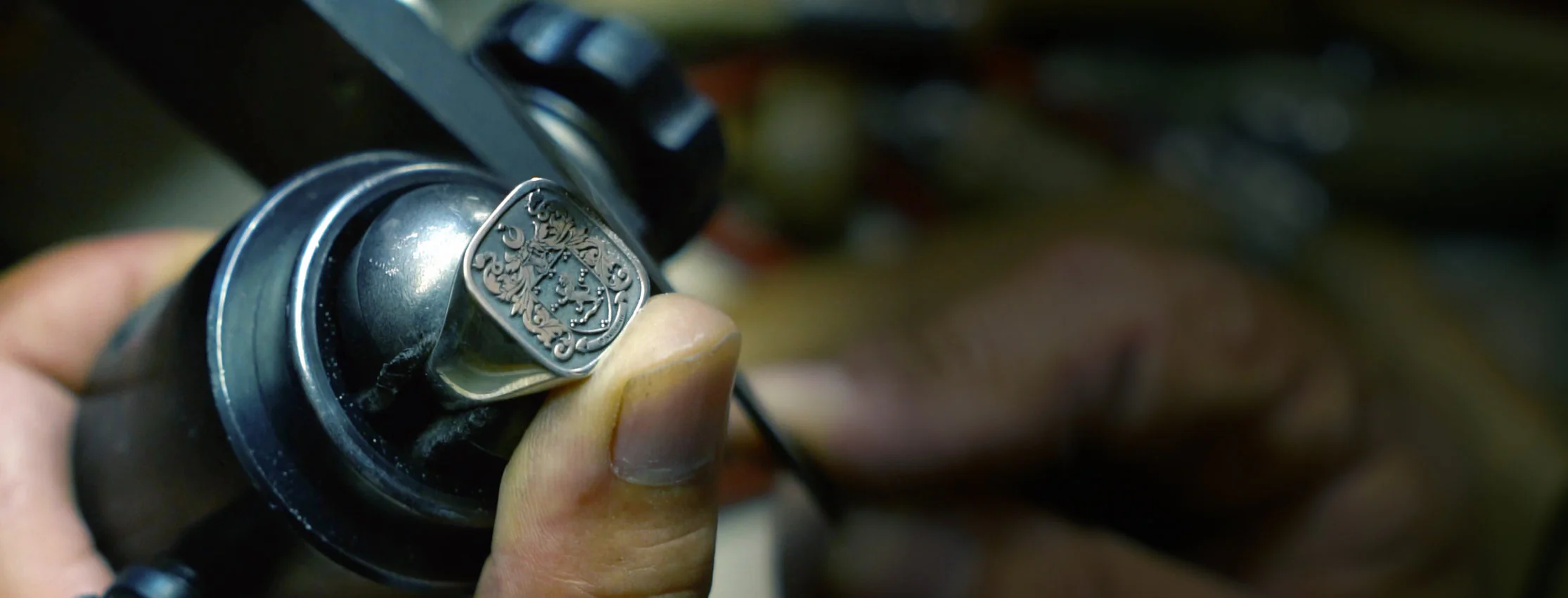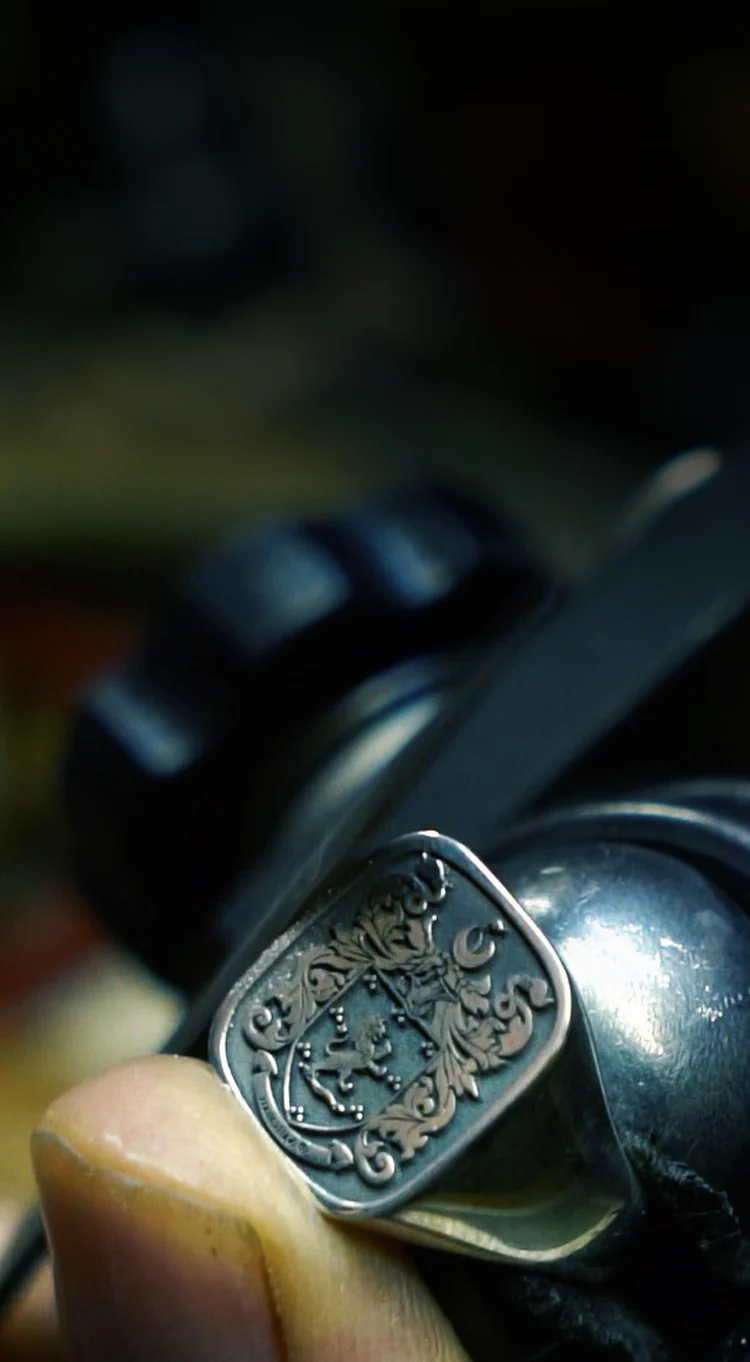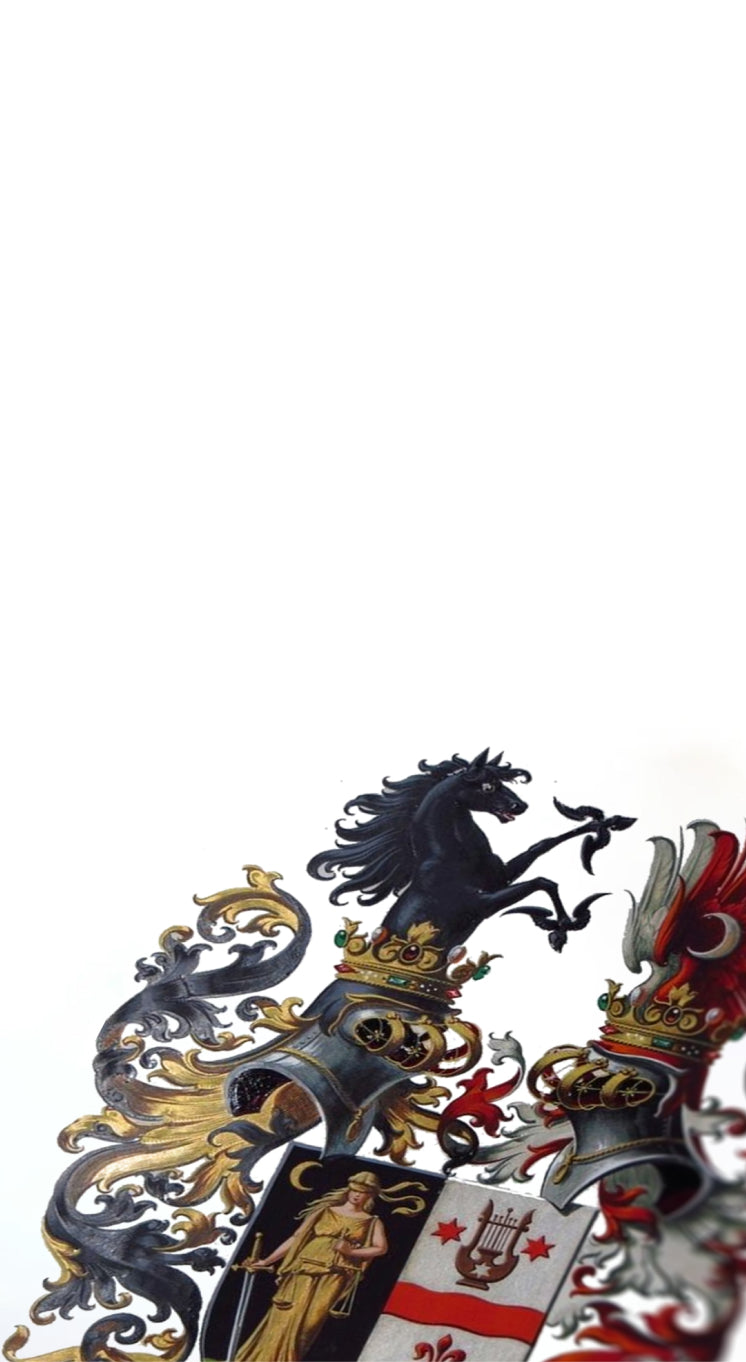The Medieval Church part 2
While bishops and priests worked among the people, guiding them toward God, another group chose a more secluded path. These men built monasteries, dedicating their lives to prayer, work, and worship.


While bishops and priests worked among the people, guiding them toward God, another group chose a more secluded path. These men built monasteries, dedicating their lives to prayer, work, and worship.

The earliest reference to a herald of arms for Ireland is to Chandos Herald, the herald of John Chandos. Chandos Herald was appointed “Ireland King of Arms” in 1382. Chandos had a number of successors, who appear to have been regarded as members of the English College of Arms,...
The earliest reference to a herald of arms for Ireland is to Chandos Herald, the herald of John Chandos. Chandos Herald was appointed “Ireland King of Arms” in 1382. Chandos had a number of successors, who appear to have been regarded as members of the English College of Arms,...

One of the most notable Ulster King of Arms was Sir Arthur Vicars, left, who held the post from 1893 until 1908 when he was forced to resign in disgrace due to his part in the theft of the Irish Crown Jewels. The story begins with a report in the...
One of the most notable Ulster King of Arms was Sir Arthur Vicars, left, who held the post from 1893 until 1908 when he was forced to resign in disgrace due to his part in the theft of the Irish Crown Jewels. The story begins with a report in the...



